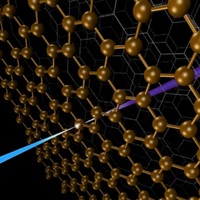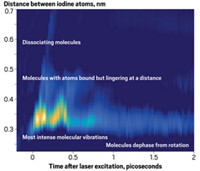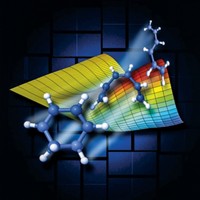Advertisement
Grab your lab coat. Let's get started
Welcome!
Welcome!
Create an account below to get 6 C&EN articles per month, receive newsletters and more - all free.
It seems this is your first time logging in online. Please enter the following information to continue.
As an ACS member you automatically get access to this site. All we need is few more details to create your reading experience.
Not you? Sign in with a different account.
Not you? Sign in with a different account.
ERROR 1
ERROR 1
ERROR 2
ERROR 2
ERROR 2
ERROR 2
ERROR 2
Password and Confirm password must match.
If you have an ACS member number, please enter it here so we can link this account to your membership. (optional)
ERROR 2
ACS values your privacy. By submitting your information, you are gaining access to C&EN and subscribing to our weekly newsletter. We use the information you provide to make your reading experience better, and we will never sell your data to third party members.
Physical Chemistry
Atomic 'movies' made thanks to X-ray bursts
February 5, 2007
| A version of this story appeared in
Volume 85, Issue 6
Illustrating the promise of bright ultrashort X-ray pulses, scientists have observed the wiggling of atoms within a piece of solid bismuth after exciting the element's electrons (Science 2007, 315, 633). The experiment marks several technological achievements in developing the Sub-Picosecond Photon Source, a precursor to the X-ray free-electron laser at the Stanford Linear Accelerator Center, Menlo Park, Calif. With their femtosecond-scale pulses and atomic-scale resolving power, such lasers are expected to allow monitoring of atomic motions during chemical reactions. David Mark Fritz led a team that bombarded a bismuth target with an infrared laser to excite electrons, then followed that with 100-femtosecond X-ray pulses. The researchers measured the resulting bismuth lattice vibrations by studying the diffraction efficiency of the pulses. They found that the bonds in the lattice "softened," or became weaker, in response to the electronic excitation.





Join the conversation
Contact the reporter
Submit a Letter to the Editor for publication
Engage with us on Twitter